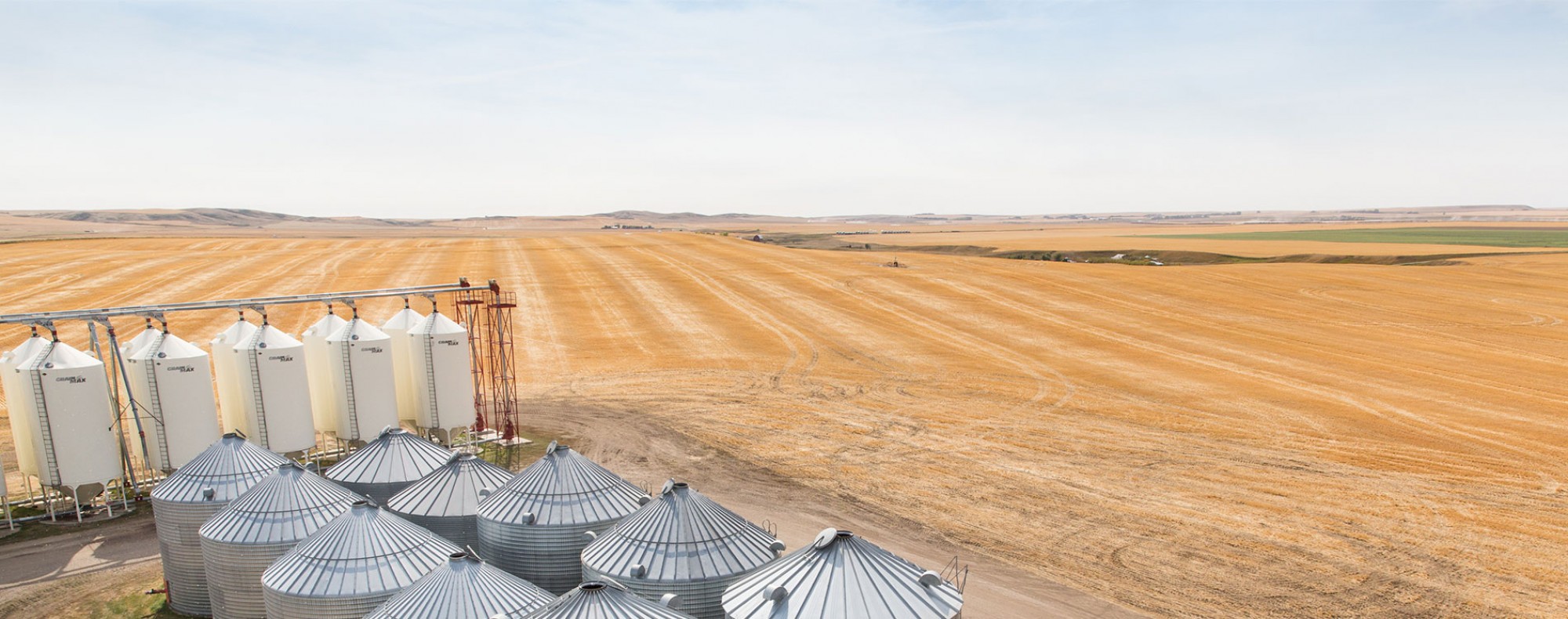Association mapping for agronomic traits in two-row barley
This Barley Research Cluster project was funded by Alberta Barley in collaboration with the Atlantic Grains Council, the Brewing and Malting Barley Research Institute, Rahr Malting and the Western Grains Research Foundation via the AgriInnovation Program.
Project lead: Dr. Aaron Beattie, Assistant Professor, Plant Sciences, University of Saskatchewan
Start Date: April 2013
End Date: March 2018
Alberta
Barley’s contribution: $10,218
Total funding from other
partners: $208,227
Benefits
for barley farmers:
The project should help breeders become more efficient at selecting traits that
are important to Alberta barley farmers (e.g., lodging resistance, yield,
etc.), which will result in better varieties.
Summary:
The project will identify molecular markers associated with important agronomic
traits that will help breeders improve these traits via molecular
marker-assisted selection or genomic selection strategies.
Results:
The goals
of this project were to identify molecular markers associated with important
agronomic traits that will help breeders improve these traits via molecular
marker-assisted selection or genomic selection strategies. This should
help breeders become more efficient at selecting traits that are important to
Alberta barley growers (e.g. yield), which will result in better varieties.
A 92 member association mapping panel consisting of two-row malting germplasm, derived from eight breeding programs, adapted to western Canada was assessed over a four year period (2014-2017) at Lacombe, AB, Saskatoon, SK and Brandon, MB. A total of 10 site-years of data were collected for grain yield, heading date, plant height and lodging. This data was used in conjunction with genotyping data obtained from the barley Infinium iSelect 9K genotyping beadchip to conduct association analysis using a linear mixed model that incorporated kinship to control population structure.
A total of three loci were significantly associated with the agronomic traits studied (1 for yield, 1 for heading date, 1 for plant height and 0 for lodging). All loci explained a relatively large proportion of the phenotypic variation for these traits and two of the loci (those associated with yield and plant height) had not been previously associated with these traits.
The loci identified in this study were present in germplasm adapted to western Canada, thus making them useful to breeders focused on this production area. Incorporation of these markers into genomic selection strategies for these traits should help breeders improve yield (which improves grower returns), reduce plant height (to reduce the chance of lodging and assist with management of straw) and maintain or reduce days to maturity (to ensure timely harvest).
